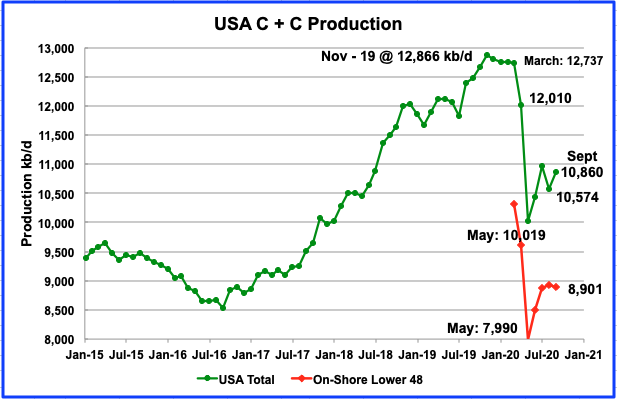

Russia is also a significant supplier of crude to Belarus, Romania and Bulgaria, and of products to most of the FSU countries, including Ukraine. China is the largest single buyer of Russian oil, taking 1.6 mb/d of crude on average in 2021, equally divided between pipeline and seaborne routes. Most immediately at risk are the ~250 kb/d of Russian oil transiting Ukraine via the southern branch of the Druzhba pipeline to supply Hungary, Slovakia and the Czech Republic.

By comparison, US total oil production was 17.6 mb/d while Saudi Arabia produced 12 mb/d. In January 2022, Russia’s total oil production was 11.3 mb/d, of which 10 mb/d was crude oil, 960 kb/d condensates and 340 kb/d NGLs. Russia is the world’s third largest oil producer behind the United States and Saudi Arabia.It is currently unclear what the impact of sanctions will be on energy flows and how long any potential supply losses will last. Prices nevertheless surged by USD 8/bbl to USD 105/bbl following the news, on expectations that sanctions against Russia would cripple energy exports. An invasion into the Ukraine by Russian troops on 24 February 2022 has as of yet not resulted in a loss of oil supply to the market.In May of 2019 the country became a net oil and gas exporter for the first time since 1953. oil production reached 12.86 million b/d in November 2019, the highest monthly level of crude oil production in U.S. Saudi Arabia and Russia also top the list of oil exporting countries. Each of these countries experienced major production declines at different times in the past, but since 2014 all three have been producing near their peak rates of 9 to 11 million barrels per day. In recent history, the top three producers have been the United States, Russia, and Saudi Arabia. Approximately 71% came from the top ten countries, and an overlapping 37% came from the thirteen current OPEC members, in the table below. Under this definition, total world oil production in 2021 averaged 77,043,680 barrels per day. They also do not include the increase in liquid volumes during oil refining ("refinery gain"), or liquids separated from natural gas in gas processing plants ( natural gas liquids). The volumes in the table do not include biofuel. The volumes in the table represent crude oil and lease condensate, the hydrocarbon liquids collected at or near the wellhead.


Compared with shorter-term data, the full-year figures are less prone to distortion from periodic maintenance shutdowns and other seasonal cycles. Energy Information Administration database for calendar year 2021, tabulating all countries on a comparable best-estimate basis. This is a list of countries by oil production (i.e., petroleum production), as compiled from the U.S.


 0 kommentar(er)
0 kommentar(er)
